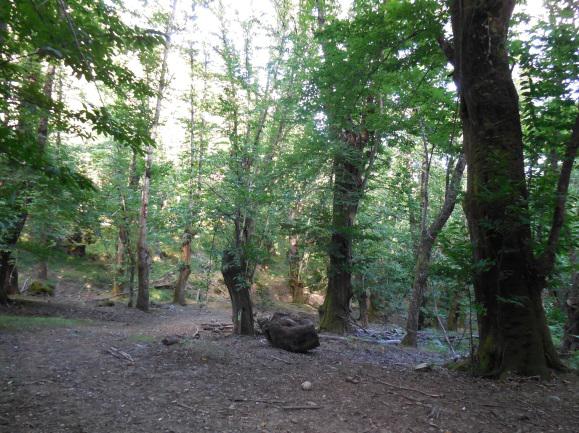
Chestnut agroforestry in Galicia, Spain
Description of system
Chestnut (Castanaea sativa Mille) agroforestry is a traditional land use system in O Courel, Galicia in north west Spain. The chestnuts are recognized under the label of Protected Geographical Indication (PGI), and are mainly exported to selective markets in Europe.
Initial stakeholder meeting
The meeting on 25 August 2014 was attended by 26 stakeholders; 12 were smallholders of chestnut trees or producers and harvesters of chestnut fruits. Rural employment, business opportunities and tree regeneration were seen as positive attributes of the agroforestry system. Complexity was seen as a negative aspect. The use of grafted plants of selected varieties of chestnut was a potential area of interest.
If you would like to know about the activity of this group, please contact Rosa Mosquera Losada of the University of Santiago de Compostela (USC). (mrosa.mosquera.losada@usc.es)
Download the initial stakeholder report
An initial stakeholder report was produced in September 2014
Download the initial research and development protocol
An initial research and development protocol was produced in June 2015.
Download the system description
An update on agroforestry research with chestnuts in the Galicia region of Spain was produced in January 2016.
Lessons learnt
Rosa Mosquera-Losada and colleagues summarise the lessons learnt from the three experiments in Galicia focused on chestnut agroforestry.
- The first experiment demonstrated that metal tree protection was successful in preventing bark damage by Celtic pigs but methods to prevent damage to tree roots are still required.
- An attempt to promote mushroom production among chestnut trees was unsuccessful due one of the most severe recorded droughts occurring in the study period.
- The third experiment demonstrated that it was possible to produce grafted chestnut and self-rooted chestnut plants in the laboratory.